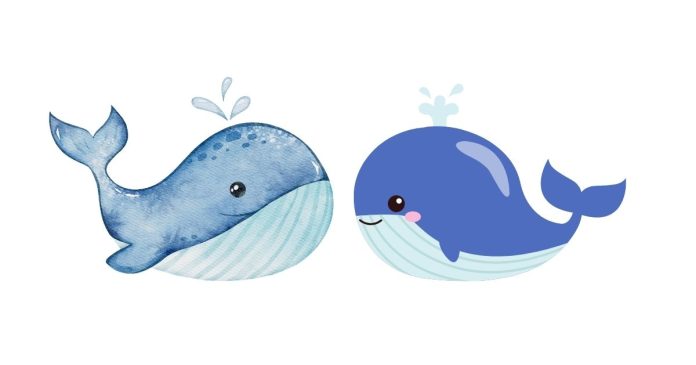When it comes to the blue whale, there are few creatures on Earth that can rival its size and grandeur. Known as the largest animal to ever live, the blue whale has an awe-inspiring set of features—its massive body, enormous heart, and distinctive blue-gray color. One particularly interesting and surprising aspect of this marine mammal is its tongue. How much does a blue whale’s tongue weigh? The answer might astonish you!
The Weight of a Blue Whale’s Tongue
A blue whale’s tongue can weigh as much as 4 tons (approximately 8,000 pounds)! This is more than the weight of an adult elephant, which typically weighs between 2,000 and 6,000 pounds. The tongue of a blue whale is not just large in size, but it is also incredibly powerful, helping the whale in its feeding process.
Why Is the Blue Whale’s Tongue So Heavy?
The blue whale’s tongue is large because it needs to help the whale process its enormous food intake. Blue whales are filter feeders, consuming massive amounts of tiny organisms, like krill, which are small shrimp-like creatures. They use their baleen plates to filter krill from the water, and their tongue plays a crucial role in pushing the water out and keeping the food in.
- Feeding Mechanism: Blue whales take in huge gulps of water along with krill. Once the water is taken into their mouths, the tongue helps expel the water while keeping the krill inside to swallow.
The Size of a Blue Whale’s Mouth
To better understand the scale of a blue whale’s tongue, it’s important to know how large its mouth is. The blue whale’s mouth can hold around 90 tons of food and water at once, and its tongue takes up a significant portion of this space. It is so large that it can be compared to the size of a school bus!
A Perspective on Its Weight
While 4 tons may seem unbelievable, it makes sense when you consider the massive size of the whale itself. Blue whales can grow up to 100 feet long and weigh as much as 200 tons. Their size and the weight of their tongue are proportional to the overall enormity of these marine mammals. A whale’s tongue needs to be large and strong enough to help manage their enormous food intake and support their feeding habits in the wild.
Fun Facts About the Blue Whale
- Biggest Animal on Earth: The blue whale is the largest animal known to have ever existed. Even though the largest dinosaurs were massive, the blue whale still outweighs them by a significant margin.
- Diet: Despite their enormous size, blue whales primarily feed on tiny creatures like krill, consuming up to 4 tons of krill per day during feeding seasons.
- Heart Size: The blue whale’s heart is also enormous, weighing about 1,300 pounds—around the size of a small car!
In conclusion, the blue whale’s tongue weighs a staggering 4 tons, making it one of the heaviest parts of its already gigantic body. This immense tongue plays a crucial role in the feeding process, helping the whale filter out water and keep the krill it consumes. With a tongue this heavy and a body that can reach up to 100 feet in length, the blue whale truly is an extraordinary marvel of nature.
What other surprising facts about marine animals have you come across? Feel free to share your thoughts in the comments below!


